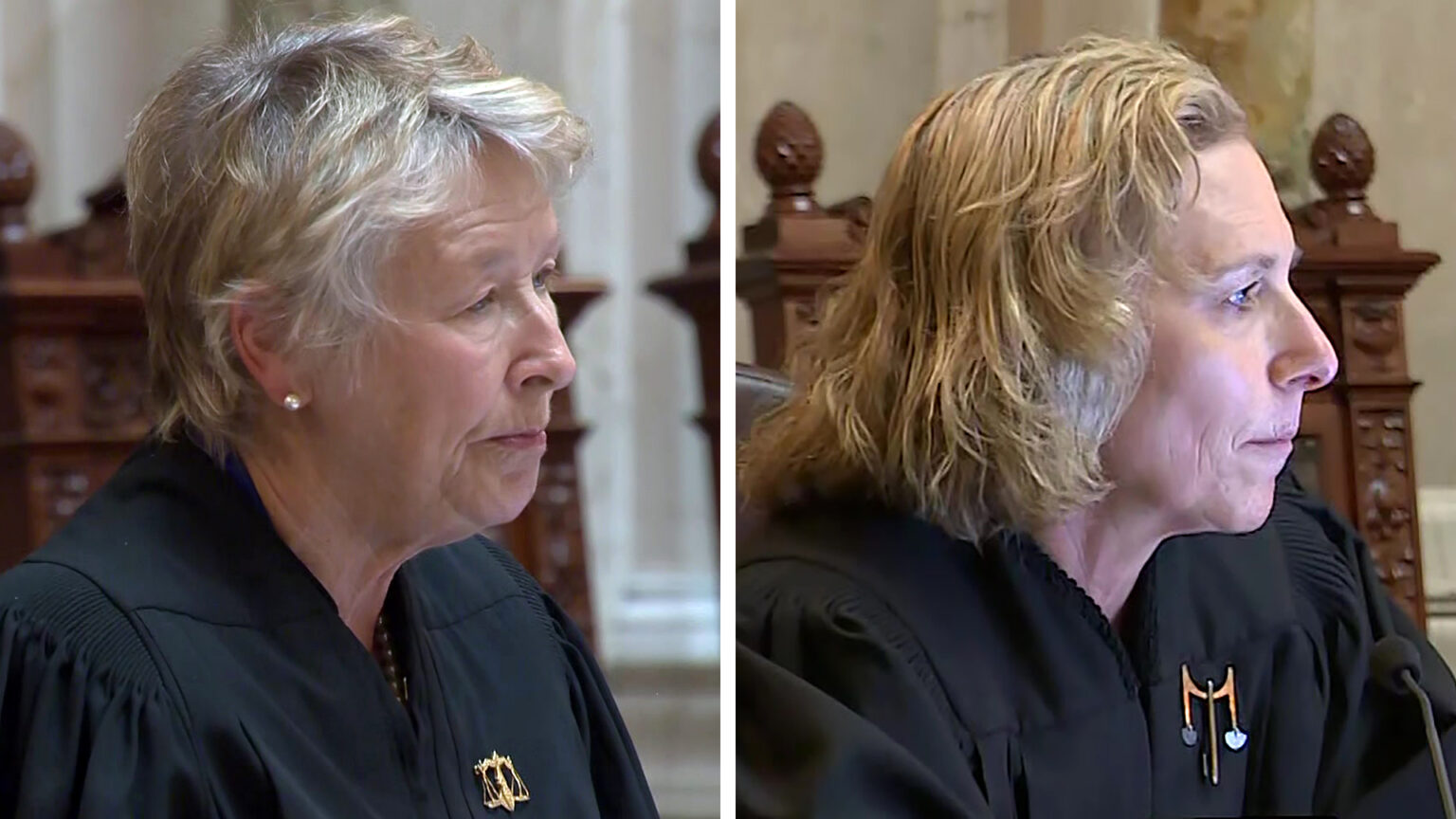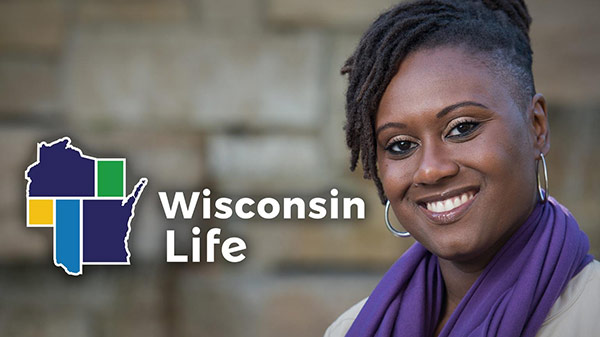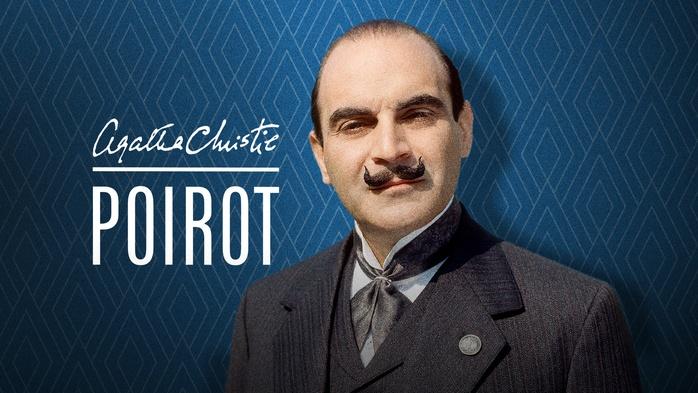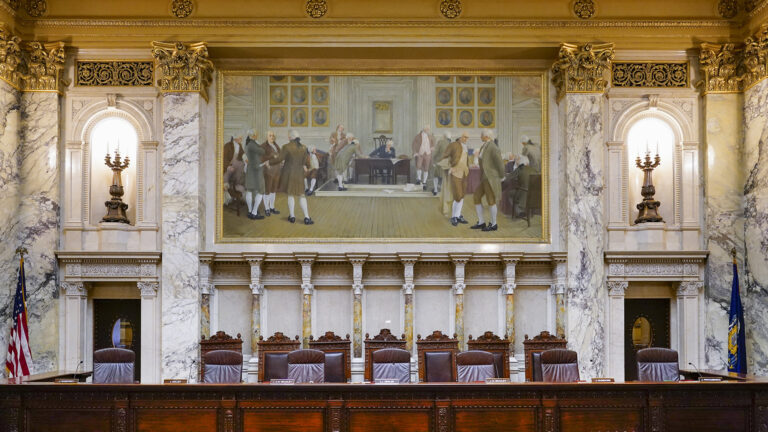Walsh Bradley, then Karofsky to be chief justice of the Wisconsin Supreme Court
The Wisconsin Supreme Court votes for its chief justice every two years, and announced that outgoing Justice Ann Walsh Bradley was elected to the position for two months until her retirement, at which point Justice Jill Karofsky will serve for the rest of the term.
Associated Press
April 3, 2025

Wisconsin Supreme Court Justice Ann Walsh Bradley, at left, participates in oral arguments on Jan. 14, 2025, at the Wisconsin State Capitol in Madison. Justice Jill Karofsky, at right, participates in oral arguments on Nov. 11, 2024. The high court announced April 3, 2025 that justices had elected Walsh Bradley to the chief justice position for two months until her retirement, at which point Karofsky will serve in the role for the remainder of the two-year term. (Credit: PBS Wisconsin)

MADISON, Wis. (AP) — The next chief justice of the Wisconsin Supreme Court will come from the liberal majority of justices, as the court announced April 3 that the conservative who currently holds the mostly honorary position will be replaced.
The change in leadership comes two days after voters elected Democratic-backed Susan Crawford to the court for a 10-year term that begins in August. Her victory over an opponent endorsed by President Donald Trump and billionaire Elon Musk keeps the current 4-3 liberal majority on the court.
The seven justices vote on a chief justice every two years. The current chief justice, conservative Annette Ziegler, was elected to the post in 2021 and reelected in 2023 just before the court flipped to liberal control that August. Her current term as chief justice runs through the end of April.
She will be replaced first by Justice Ann Walsh Bradley for two months and then Justice Jill Karofsky for the remainder of the two-year term.
“I wish my colleagues all the best,” Ziegler said in a brief statement. “It has been my honor to serve as chief justice for the last four years.”
She will be replaced on May 1 by Bradley, a liberal who is retiring after 30 years on the bench. Her retirement created the open seat that Crawford won.
Bradley called it a “tremendous honor” to be able to serve as chief justice before retiring.
Bradley, whose retirement was recognized by Ziegler in open court on April 3 before oral arguments, will only hold the position for two months before being replaced by Karofsky. She will serve the remainder of the two-year term.
Karofsky, who was elected in 2020, promised to “work respectfully” with all members of the court. Justices have gotten into private arguments and vented at one another in sometimes heated written rulings.
“The people of Wisconsin have great faith in this Court, and I intend to be a Chief that increases the people’s confidence even further,” Karofsky said in a statement.
The chief justice has no additional voting power on the Supreme Court. However, the person who holds the title is the administrative head of the state’s judicial system and has administrative authority over to procedures adopted by the Supreme Court.
Justices were given the power to choose their own chief justice under a constitutional amendment approved by voters in 2015. Before the amendment, the longest-serving justice was automatically the chief.
Bradley is currently the longest-serving justice on the court and Ziegler, elected in 2007, is the second most senior.
 Passport
Passport











Follow Us